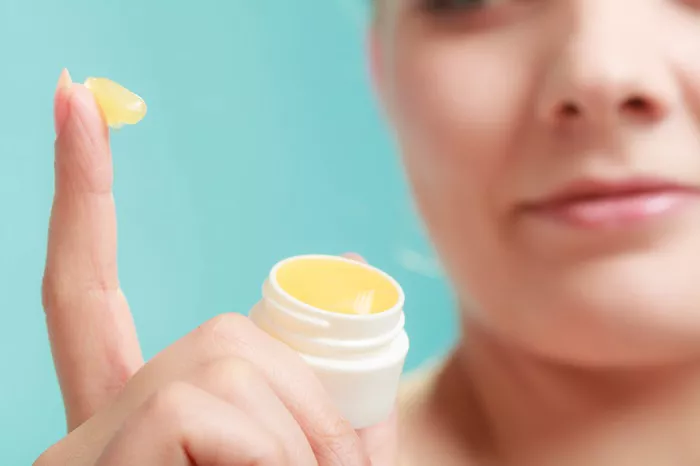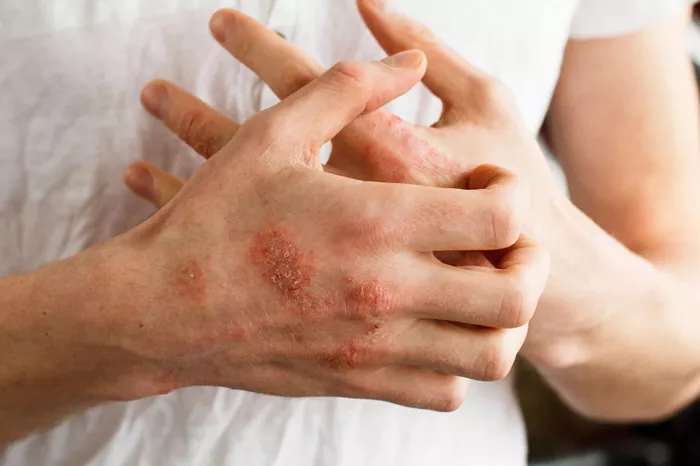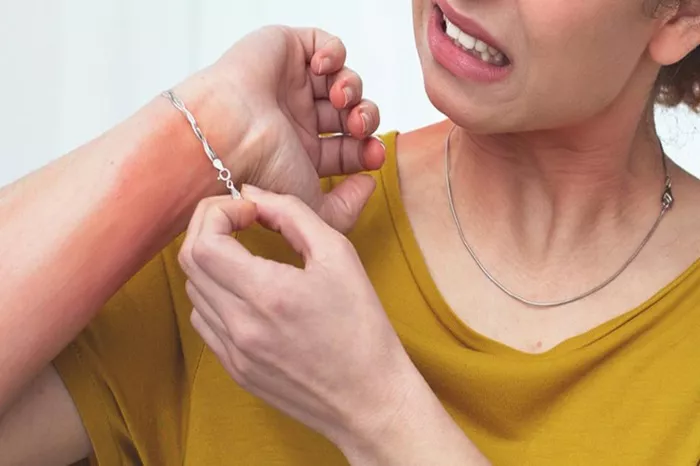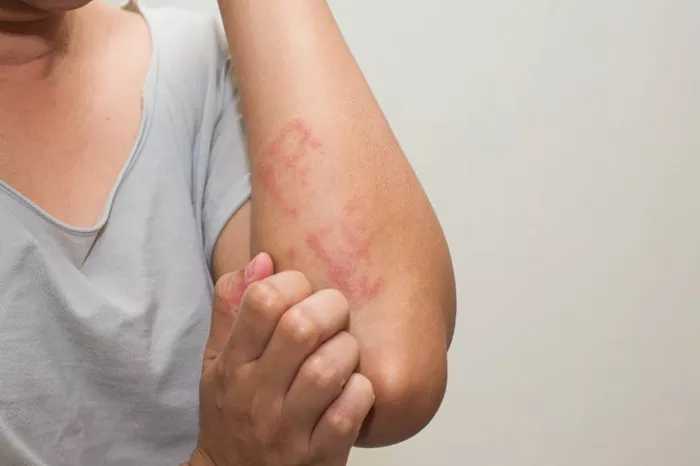Lanolin allergy, though relatively uncommon, can cause discomfort and distress for those affected. Lanolin, a natural substance derived from sheep’s wool, is commonly found in skincare products, cosmetics, and even some medications. While lanolin is prized for its moisturizing properties, it can trigger allergic reactions in some individuals. If you suspect you have a lanolin allergy, it’s essential to understand how to manage and treat it effectively. In this comprehensive guide, we will delve into the causes, symptoms, diagnosis, and treatment options for lanolin allergy.
Understanding Lanolin Allergy
Before delving into treatment options, it’s crucial to understand what causes a lanolin allergy and how it manifests in the body. An allergy to lanolin occurs when the body’s immune system mistakenly identifies lanolin as harmful and triggers an allergic reaction. This reaction is often characterized by inflammation, itching, redness, and sometimes even blistering of the skin.
Lanolin allergy is primarily a type IV delayed hypersensitivity reaction, also known as allergic contact dermatitis. This means that symptoms typically appear hours to days after exposure to lanolin rather than immediately. The allergic reaction occurs when the skin comes into direct contact with lanolin-containing products, such as moisturizers, lip balms, or topical medications.
Symptoms of Lanolin Allergy
Recognizing the symptoms of a lanolin allergy is essential for prompt diagnosis and treatment. While symptoms can vary from person to person, common signs of lanolin allergy include:
Skin Irritation: Redness, itching, and inflammation are common symptoms of lanolin allergy. Affected areas may feel tender or warm to the touch.
Rash: A rash characterized by red, raised bumps or blisters may develop where the skin has come into contact with lanolin.
Dry, Scaly Skin: In some cases, lanolin allergy can lead to dryness and flakiness of the skin, exacerbating the discomfort.
Swelling: Swelling, particularly around the area of contact, may occur in severe cases of lanolin allergy.
Burning or Stinging Sensation: Some individuals may experience a burning or stinging sensation upon contact with lanolin-containing products.
It’s important to note that symptoms may worsen with continued exposure to lanolin, making it crucial to identify and avoid triggers.
Diagnosis of Lanolin Allergy
If you suspect you have a lanolin allergy based on the symptoms you’re experiencing, it’s essential to consult a healthcare professional for proper diagnosis. Your doctor will likely perform a thorough evaluation, which may include:
Medical History: Your doctor will inquire about your symptoms, including when they first appeared and any potential triggers or exposures to lanolin-containing products.
Skin Patch Testing: Patch testing is a common diagnostic tool used to identify allergens, including lanolin. During this test, small amounts of various allergens, including lanolin, are applied to patches placed on your skin. Your doctor will then assess your skin’s reaction after a specified period to determine if an allergy is present.
Elimination Diet: In some cases, your doctor may recommend eliminating lanolin-containing products from your skincare routine or diet to see if symptoms improve. If symptoms resolve upon avoidance of lanolin, it further supports the diagnosis of lanolin allergy.
Treatment Options for Lanolin Allergy
Managing lanolin allergy involves both avoiding triggers and alleviating symptoms when they occur. Here are some effective treatment options for lanolin allergy:
Avoidance of Lanolin: The most effective way to prevent allergic reactions to lanolin is to avoid products containing lanolin altogether. Check ingredient labels carefully on skincare products, cosmetics, and medications to ensure they are lanolin-free.
Substitute Products: Look for lanolin-free alternatives for skincare products such as moisturizers, lip balms, and sunscreen. Many hypoallergenic and sensitive skin formulations are available that do not contain lanolin.
Topical Corticosteroids: For mild to moderate symptoms of lanolin allergy, over-the-counter hydrocortisone cream can help reduce inflammation and itching. Apply a thin layer to the affected area as directed by your healthcare provider.
Topical Antihistamines: Antihistamine creams or lotions can help alleviate itching associated with lanolin allergy. These products are available over-the-counter and can provide temporary relief.
Oral Antihistamines: If itching and discomfort are severe, oral antihistamines such as cetirizine (Zyrtec) or loratadine (Claritin) may be recommended by your doctor to help control symptoms.
Cool Compresses: Applying cool compresses or taking cool baths can help soothe irritated skin and reduce inflammation associated with lanolin allergy.
Moisturize: Use fragrance-free and lanolin-free moisturizers to help soothe dry, irritated skin. Opt for products specifically formulated for sensitive skin to minimize the risk of triggering allergic reactions.
Consultation with Dermatologist: If symptoms persist or worsen despite treatment, consult a dermatologist for further evaluation and management. They can offer specialized care and may prescribe stronger medications if necessary.
Conclusion
Lanolin allergy can be a challenging condition to manage, but with proper understanding and proactive measures, individuals can effectively prevent and alleviate symptoms. By avoiding lanolin-containing products, identifying alternative skincare options, and utilizing appropriate treatment strategies, individuals with lanolin allergy can experience relief and improved quality of life. If you suspect you have a lanolin allergy or are experiencing symptoms, consult a healthcare professional for proper diagnosis and personalized treatment recommendations.
[inline_related_posts title=”You Might Be Interested In” title_align=”left” style=”list” number=”6″ align=”none” ids=”6034,6023,6011″ by=”categories” orderby=”rand” order=”DESC” hide_thumb=”no” thumb_right=”no” views=”no” date=”yes” grid_columns=”2″ post_type=”” tax=””]

































